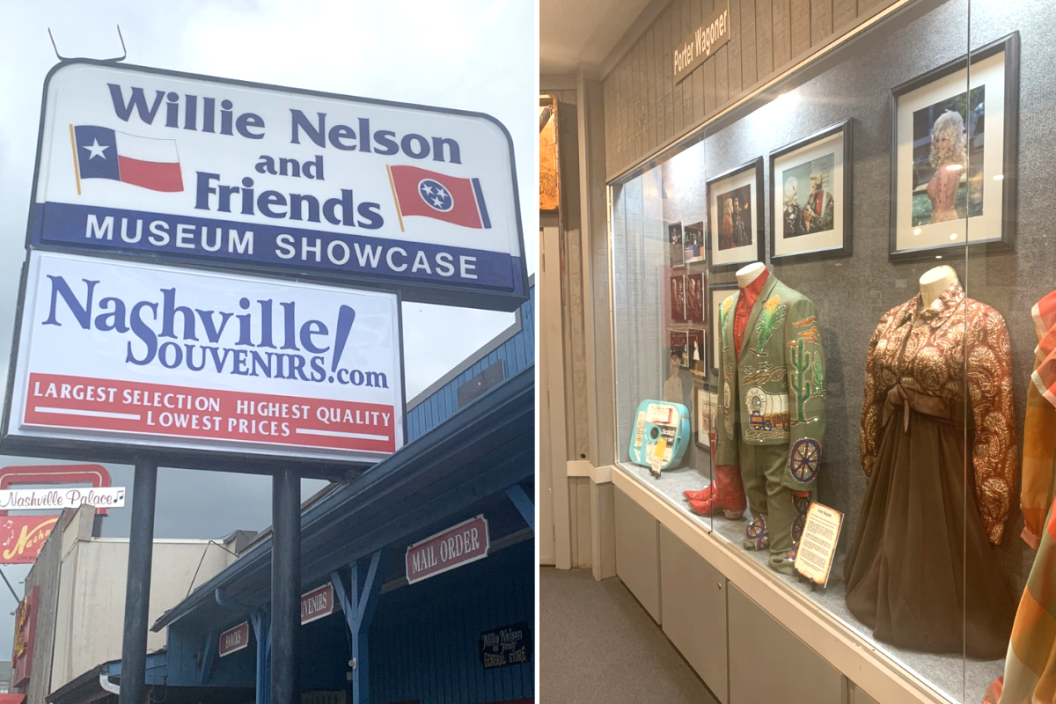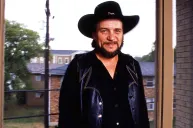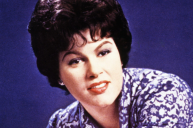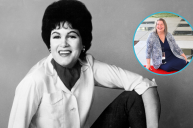Window shoppers in Nashville's Music Valley area —the stretch of McGavock Pike off which you'll find the Grand Ole Opry House and Gaylord Opryland Resort— may only know of the Willie Nelson and Friends Museum and General Store as the latter. That's to say that at first glance, it lives up to its billing as the city's largest souvenir shop for listeners of classic country music and drinkers of something else that made Tennessee famous: Jack Daniel's.
Yet there's so much more to a space owned and operated by Mark Hughes, whose mother, Jeanie Oakley, and stepdad, the late Frank Oakley, collected enough belongings over time from friends in the country music business to literally fill a museum.
Jeanie met top stars in the '60s, such as longtime pal Mel Tillis, while working as a secretary for RIC Records. During the same time period, Frank secured the likes of Jim Reeves and Faron Young for Mary Carter Paint's advertising spots on the Grand Ole Opry. The latter friendship linked the family to Nelson, the writer of Young hit "Hello Walls." Each personal connection contributed to what incidentally became the Willie Nelson Museum collection.
"Most of it they acquired over the years just through the friendships," Hughes told Wide Open Country. "[Porter Wagoner] used to come over a lot, as did Webb Pierce and many of them. I refer to it as a museum by default. They didn't set out to create a museum."
A Madison, Tenn. picture framing business owned by the Oakley family in the 1970s created more opportunities to interact with country music's brightest stars. On July 4, 1979, the museum's lineage began when the shop embraced public interest in its memorabilia displays and changed its name to the Willie Nelson and Family General Store.
Over 40 years later, Hughes maintains a museum in Music Valley that features personal items representing an impressive array of elite recording artists (Jeannie Seely, Patsy Cline, Dolly Parton), game-changing songwriters (Dallas Frazier, May Axton, Hank Cochran) and other Music City pioneers.
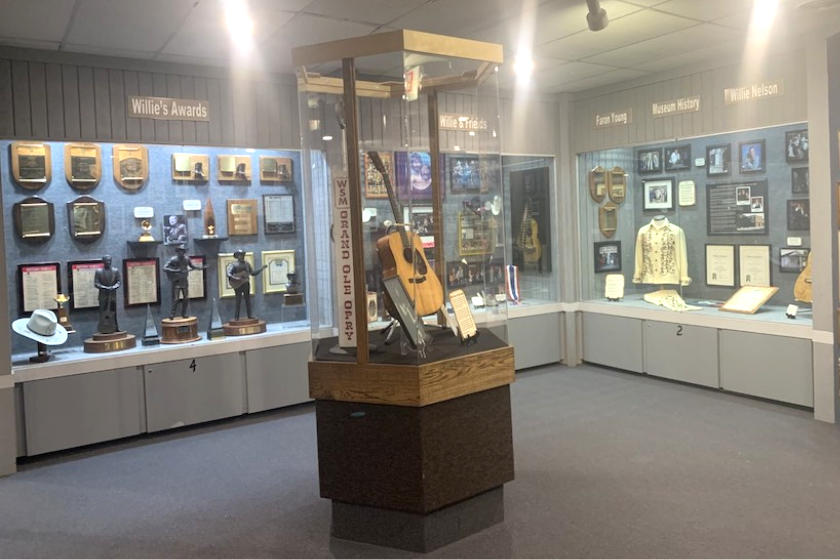
Bobby Moore
Naturally, Nelson's well represented in a collection that includes the $15 paystub from his 1964 Opry debut and his lone CMA Entertainer of the Year trophy (1979). Expectations to learn more about his friends get exceeded through displays themed around Waylon Jennings, Lefty Frizzell and others that still shape perceptions about the genre. There's even objects from the careers of Marty Stuart and Connie Smith from Stuart's massive and highly-regarded personal archive.
"There's a whole lot of history here which unfortunately is gone to the wayside," Hughes shared. "We're the longest-running country music artist museum in town, except for probably the [Country Music Hall of Fame]."
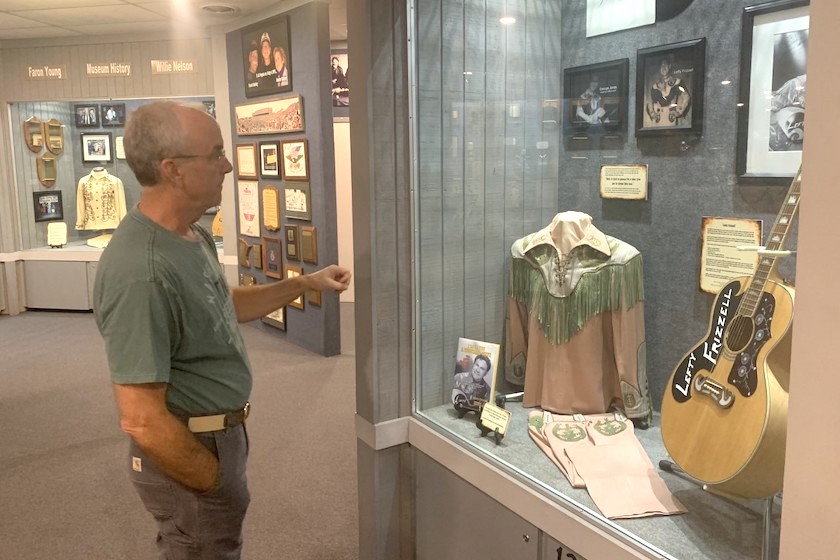
Bobby Moore
In all, the Willie Nelson and Friends Museum and General Store has more going for it than a convenient location and free parking. The quality of its backroom exhibits and low price of admission ($9.95 plus tax for adults, free for children under 12 with an adult admission) have earned guestbook praise from customers representing all 50 states and numerous countries.
"We try to keep [ticket prices] very reasonable. Like everybody else, our costs go up," Hughes said. "But for the quality and quantity of country music history in this little space, there's really to me nothing that compares. I'm familiar with all of them, and that's not to downgrade the other places. It's just we're unique in that it did kind of evolve from real relationships and so forth. It's not somebody putting a lot of money into something and saying, 'Hey, here's a museum.'"
